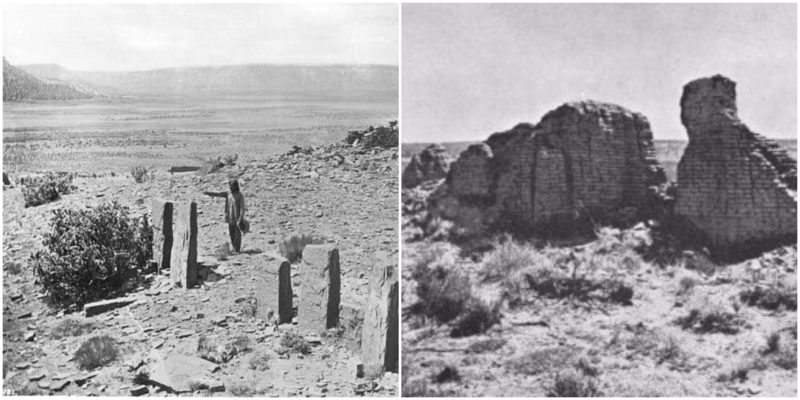The ruins of ancient Native American settlements are real archaeological and historical treasures. These sites are a precious heritage of humanity because they show vividly the everyday life of the Native American tribes.
They led a simple and harmonic life which was strongly connected with nature. One of the many Native American tribes is the Zuni, who worshiped water and the sun, cultivated various types of corn and hunted buffalo.
Their connection with the processes of nature can be seen in their dances, mythology, and oral history. Today there are more than 10,000 Zuni in the United States of America.
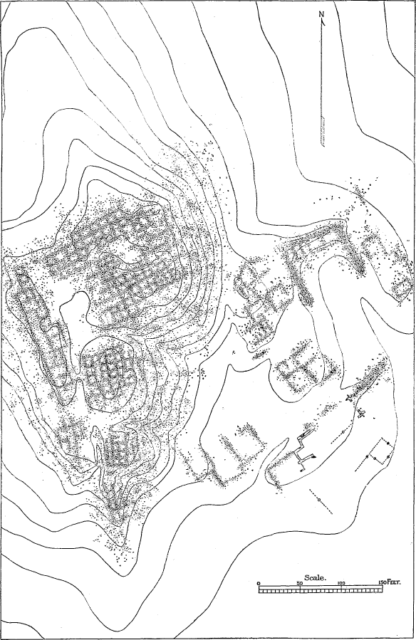
The Zuni are descendants of a larger tribe who lived in the deserts of today’s Arizona, New Mexico, Utah and southern Colorado. They migrated in various directions from unknown reasons. One part of them populated the valley of the Zuni River in the western part of New Mexico. Throughout the years the Zuni tribe developed its own language, mainly because they lived quite isolated in several pueblos.
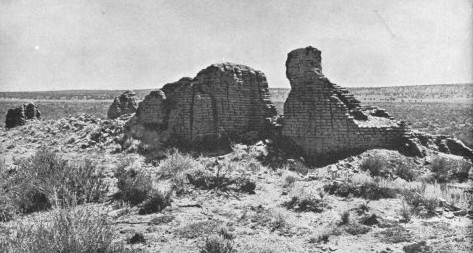
Hawikuh was placed on the top of a low hill and it was the largest Zuni Pueblo. It is believed that the first structures in it were erected in the 15th century, but some scholars believe that the site was for the first time inhabited in the 13th century. At its peak there lived approximately 700 people. Hawikuh was also the first of the Zuni pueblos which was visited by Francisco Coronado and his men in 1540 during his expedition into present-day southwestern USA. Although the Spanish didn’t find gold and silver as they expected, Coronado decided to make Hawikuh the location of his headquarters for further missions up to the north. At the beginning, the Spanish conquistadors thought that Hawikuh was one of the “Seven Cities of Gold”, but soon they realized they were wrong. There wasn’t any real gold. The only gold for the Zuni people was the sun, the water, and the corn.
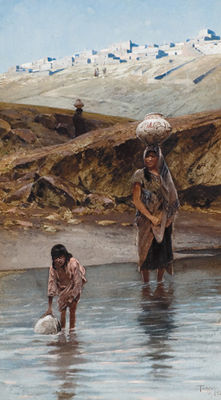
Coronado wasn’t the first non-native who had visited Hawikuh. Esteban (Estevanico) visited the region a few years earlier. He was a Spanish slave from Morocco and the only survivor of a shipwreck in the bay of today’s Texas. After the tragedy, he continued his journey to the north where he encountered many different tribes. He was the first African who was seen by the native tribes from those regions.
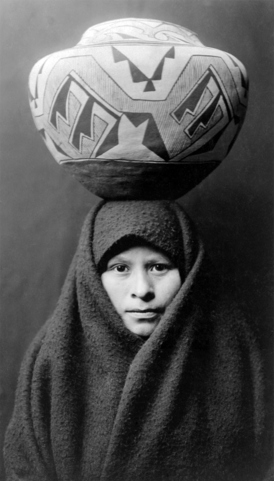
In 1536 he reached the Spanish territories and told the stories of his journey, including tales about the golden cities. Soon the Viceroy of New Spain sent the first Spanish expedition north from Mexico. Esteban was chosen to be the chief scout, but when he approached the Zuni people, he was killed by them near Hawikuh. Later, the Viceroy sent another mission to find the golden cities, and he put Coronado as commander of the mission. The Spanish expected to find an Aztec like region full with gold, and very soon they realized that the stories of Esteban were his invention.
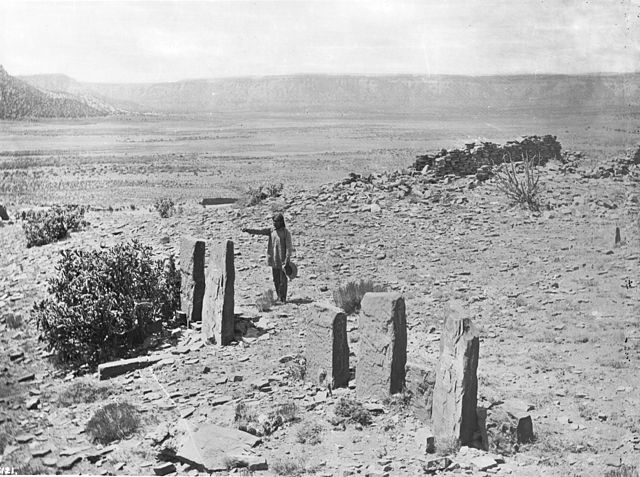
Coronado and his men stayed in Hawikuh for several months. From the beginning, there was tension between the natives and the Spanish soldiers and the Spanish presence started to look like an occupation. In fact, Coronado attacked the village the first time he came there. During that battle many Zuni were killed. The tension escalated when the Spanish Crown decided to establish Catholic missions in the new territories. In Hawikuh was built a church, La Purísima Concepción, which was a center for the mission who had orders to make the Zuni people loyal to the Spanish Crown and the Catholic church.
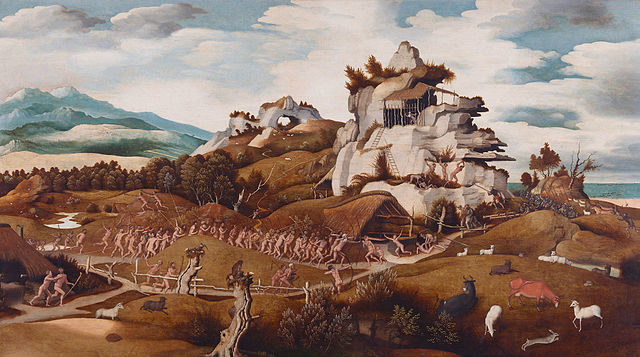
The Zuni attacked the mission several times and in one attack they even killed the priest. Because they were afraid of Spanish revenge, little by little the Zuni started to escape from Hawikuh and to go into the mountains to more fortified pueblos. The Spanish mission was rebuilt, but it was then attacked by the Apache from the south. The final destruction of the buildings of the mission happened in 1680 during the Great Pueblo Revolt. Hawikuh was completely abandoned after the revolt and since then it was left forgotten. Neither the Zuni neither the Spanish returned in Hawikuh.
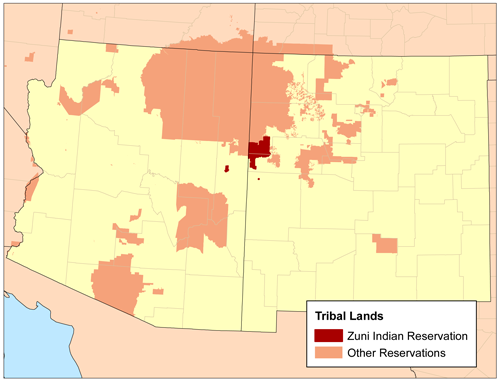
Although huge parts of the site are in ruins, the remains of the Zuni buildings and the Spanish mission are still recognizable. Six large structures with hundreds of rooms created the pueblo. The structures were made of local sandstone and had one to three floors. Now only the foundations are still visible. Between the large houses, there were small plazas and small streets. Hawikuh is part of the Zuni Indian Reservation, and it is still visited and respected by the Zuni people. It is visited by a great number of tourists too. Vast areas of the site are under mounds of rock and rubble. Archaeologists expect that future excavations will give more answers about what happened in the years of the encounter between the two civilizations.
